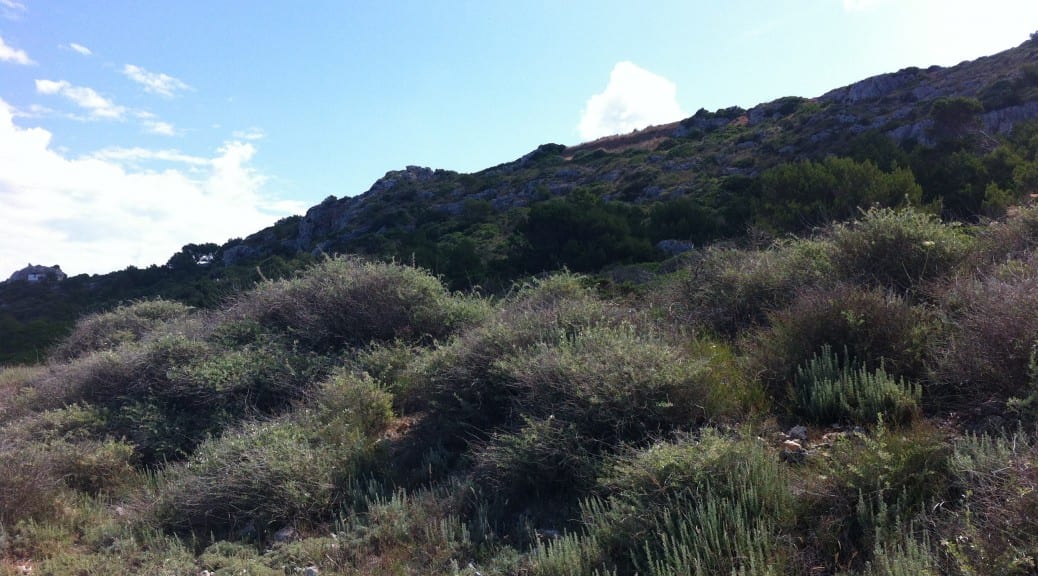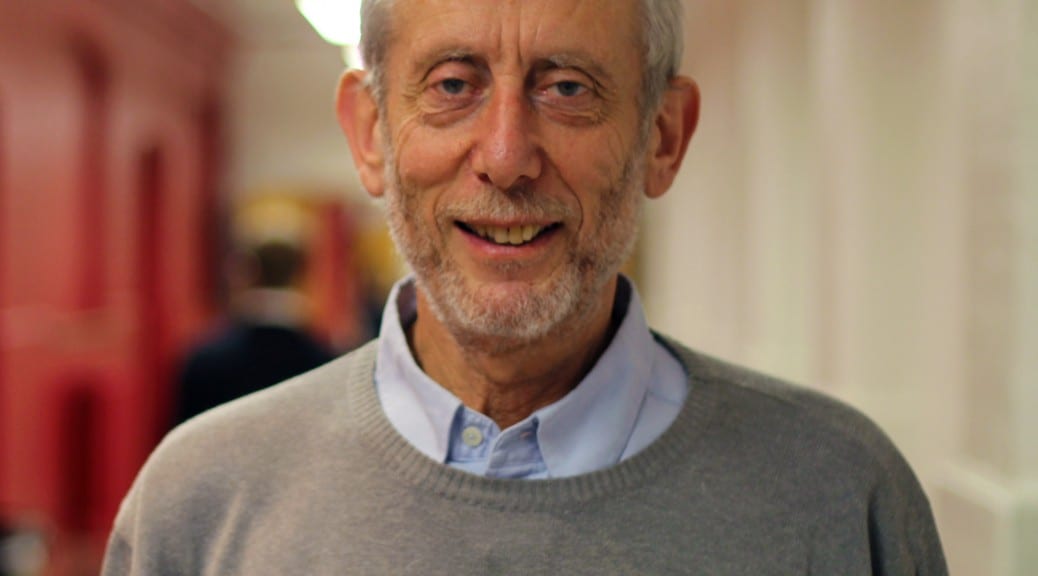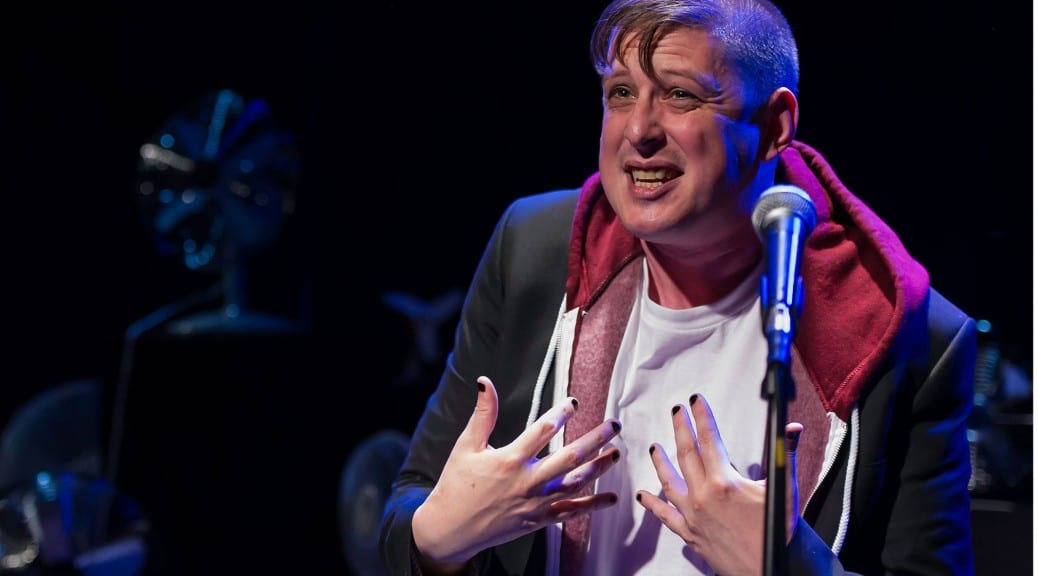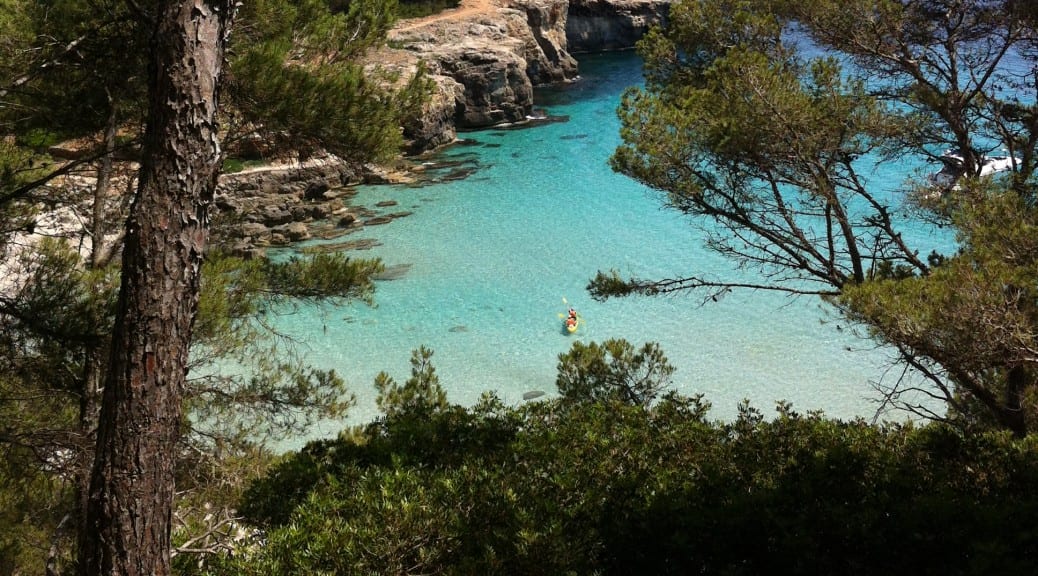In order to structure and enrich my performance, particularly as I am focusing on storytelling, I have begun to write a text that summarise my performance and can be used as a basis to work on. Below is what I have written so far:
“The show starts with me being sat with the projection of ‘the cliff’, an audience of six enters.
My dad is an adventurer, not officially, but he loves to explore. Every year since I was 5 my family and I have always gone to the same place for our holiday, Menorca. Whenever we go there my dad likes to plan journeys and walks to different historic monuments. Months prior to going on holiday you can walk in his office to find him looking at huge maps of Menorca, all covered in sticky labels to mark out travel destinations. His favourite are ‘Martello Towers’ – cylinder shaped defence towers that was used in the Spanish Civil War, built by the British. So, every holiday I go on these walks with my dad, sometimes my brothers tag along but usually it’s just my dad and I.
Now my dad isn’t a bad father in any sense of the word, but it is fair to say that he can get carried away, particularly if Martello Towers have anything to do with it. It was in these times, when my dad was distracted, that his walks didn’t go entirely as planned.
I move over to a set of seven chairs and sit at the back.
When I was 6, a time when I actually enjoyed Maths and my biggest concern was having enough pocket money to collect and battle Beyblades, one of our journeys started to go wrong before we had even started walking. I was sat in the back of a 7-seat people carrier alongside my brothers, my dad (who was driving) and my sister’s boyfriend (at the time).
I ask the audience to sit with me, placing a cap and camera case over the audience member who is sat in the driving seat.
It was a sweltering day so we all had the windows rolled fully down. Now I know you’re not supposed to but I could never resist leaning out of the window, letting the wind blow through my hair. It was shortly afterwards that the road we had been driving on seemed to just disappear. The car started to bounce, rattle and shake on the rocks that the road now consisted of- sending me flying across the car (bearing in mind that I was about 3-foot-tall and weighing in at a whopping 40 pounds). Whilst I was distracted by the rocky road, I hadn’t realised the deep, thick forest that had started to envelop the car.
The lighting fades from a bright warm light to a dark green.”
Currently this is all I have written but I am working on creating more text and will be updating my blog when I have a substantial amount to add.
—————————————————————————————————
Giggs, J. (2015) Menorcan Greenery. Unpublished Photograph.






